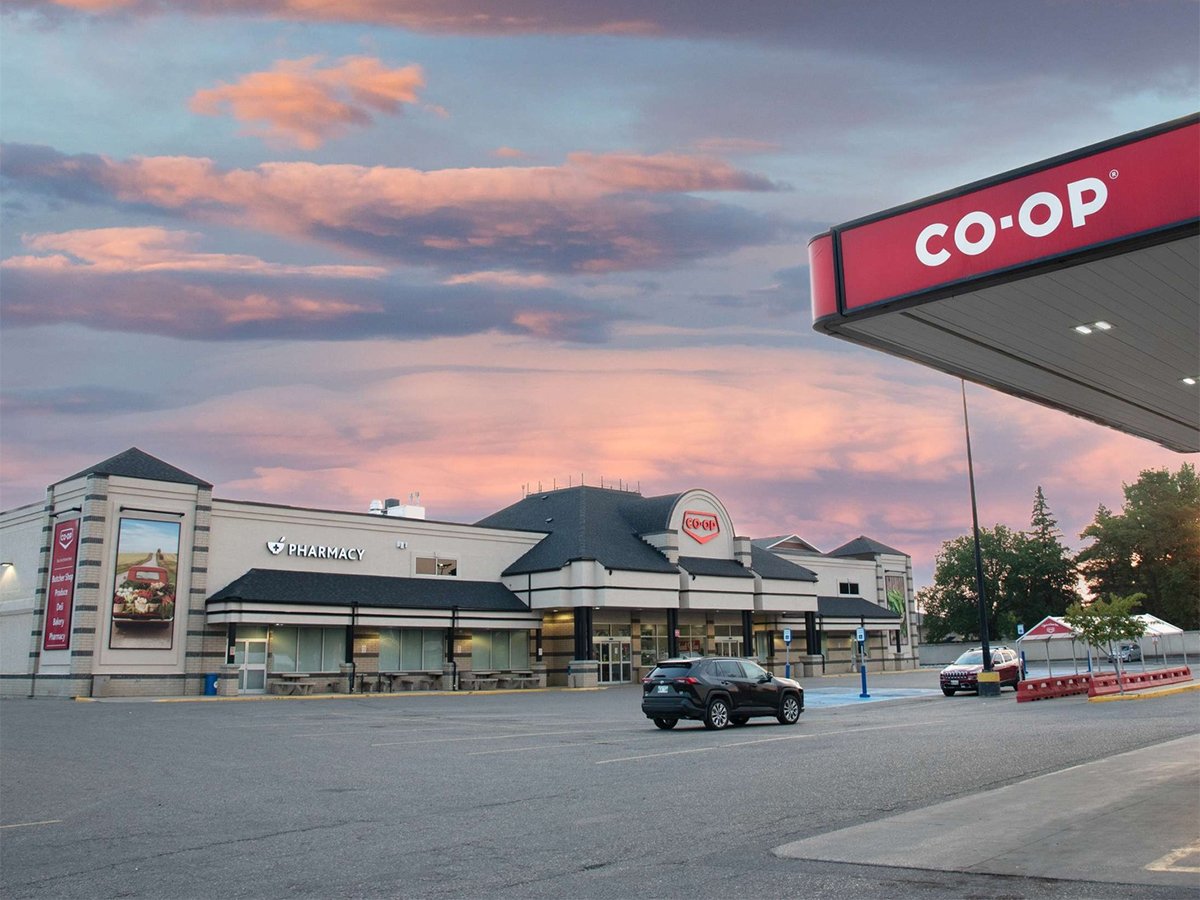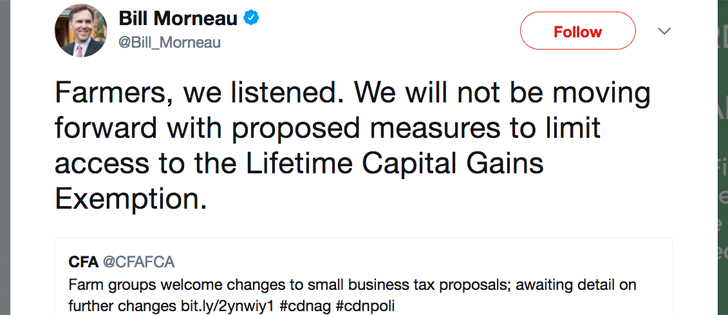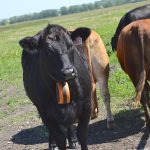I enrolled in Global Ag Risk Solutions this year and reduced my crop insurance yield coverage to 50 percent.
Was it a wise decision?
Even if you add up all the little showers, the farm has received little more than 25 millimetres of rain since the middle of April. There will be some crop, but it’s going to be meagre.
It’s tough to estimate, but I’m assuming my yields will come in at about half of my crop insurance long-term yield, so with the 50 percent coverage option, I’m likely to receive little or nothing from crop insurance.
Read Also

Farmer ownership cannot be seen as a guarantee for success
It’s a powerful movement when people band together to form co-ops and credit unions, but member ownership is no guarantee of success.
If I had taken the top yield coverage (80 percent on everything except chickpeas, which are a maximum of 70 per cent coverage), I’d probably be in line for a sizable crop insurance payment.
The difference between 50 percent yield coverage and the top yield coverage calculates to slightly more than $75 an acre on the mix of five different crops. Will GARS make up this difference?
I’ve just filed a preliminary estimate of yield, sales price and costs with the GARS administration.
GARS is a private gross margin insurance program. Within certain limits, it covers whatever you spend on seed, fertilizer and chemicals plus whatever margin above costs that you choose.
In my case, GARS covers my seed, fertilizer and chemical costs plus a margin of $100 an acre. The premium was $13.65 an acre.
Others will have a different premium depending upon their revenue history. Choosing a lower margin naturally lowers the premium.
Based on my pitifully low yield estimates, my market price estimates and what I’ve spent on seed, fertilizer and chemical, my projected support from GARS comes to slightly more than $75 an acre, which coincidentally is equivalent to the money I won’t be getting from crop insurance.
Of course, if I’d have known in March that it was only going to rain 25 mm in the growing season, I’d have loaded up on GARS as well as taken full yield coverage under crop insurance.
The year isn’t over and my price and yield assumptions may be off the mark. However, at this point, it appears that enrolling in GARS and cutting crop insurance yield coverage is going to leave me at roughly the same financial position as maxing out on crop insurance and not enrolling in GARS.
Still, there are a number of positive aspects to GARS.
On some crops, I locked in prices back in March and April. Now prices are substantially higher. With GARS, I’ll be compensated for marketing decisions that ended up reducing my gross margin.
It’s also comforting to have support for making appropriate input spending decisions. I sprayed insecticide on most of the lentil acres to control grasshoppers. The economic threshold is just two hoppers per sq. metre and they’ll chew off just as many pods in a light crop as they will in a good crop.
If I had only crop insurance and was expecting to be in a claim position, spending money to control grasshoppers wouldn’t make economic sense. It’s money that wouldn’t be recouped.
GARS doesn’t cover the cost of application or my time in the sprayer, but at least the insecticide is covered, and that’s an incentive to make the correct agronomic decision.
There is also a perverse ramification to both crop insurance and GARS. Even though I don’t have hail insurance, a late season hailstorm would be the best financial result.















